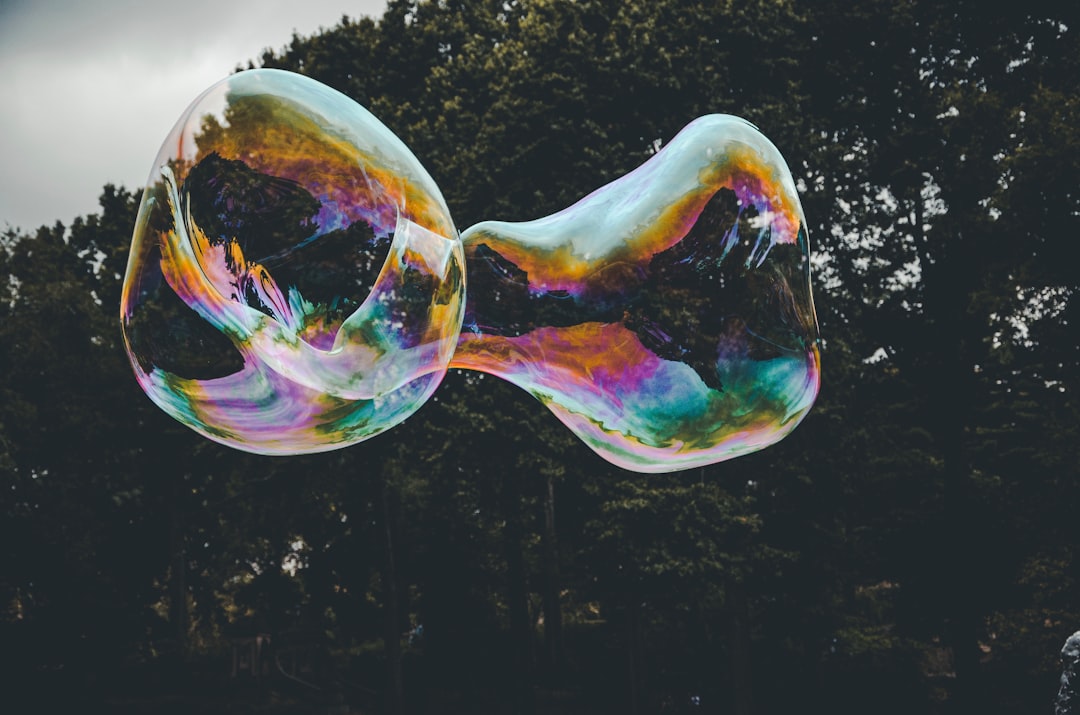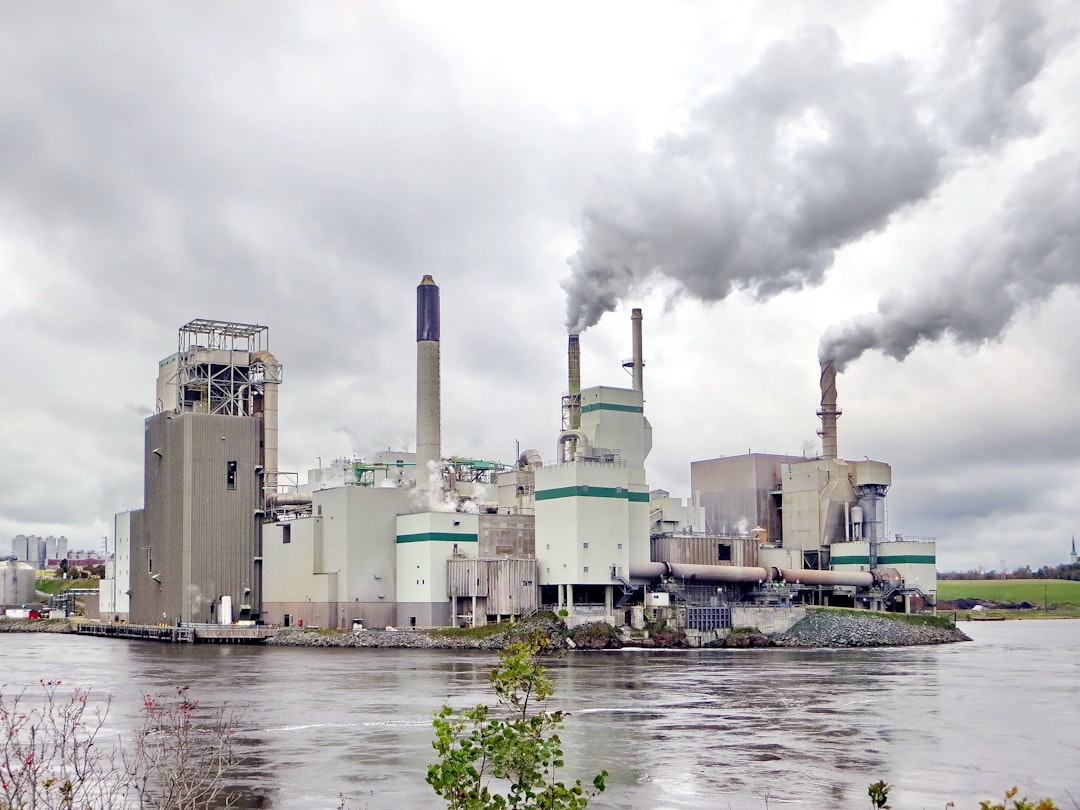What is it about?
Paper investigates the effect of fibre size, morphology, and surface chemistry on the morphology, proliferation, and monolayer formation of ARPE-19 cells. An investigation of substrate thickness and tensile strength were also carried out, in order to assess the suitability of PET and polystyrene as potential synthetic Bruch's membrane as a possible treatment route for age-related macular degeneration.
Featured Image
Why is it important?
PET substrate has proven to show potential. The substrate was fabricated with submicron scale fibres, mechanical strength was acceptable, and the thickness of the substrate was at a scale which has been reported to be suitable for potential subretinal insertion. ARPE-19 cell morphology was also better on electrospun PET, with cells surviving over a three month investigation.
Read the Original
This page is a summary of: Assessing the Suitability of Electrospun Poly(Ethylene Terephthalate) and Polystyrene as Cell Carrier Substrates for Potential Subsequent Implantation as a Synthetic Bruch's Membrane, International Journal of Polymeric Materials, November 2014, Taylor & Francis,
DOI: 10.1080/00914037.2014.945206.
You can read the full text:
Contributors
The following have contributed to this page










